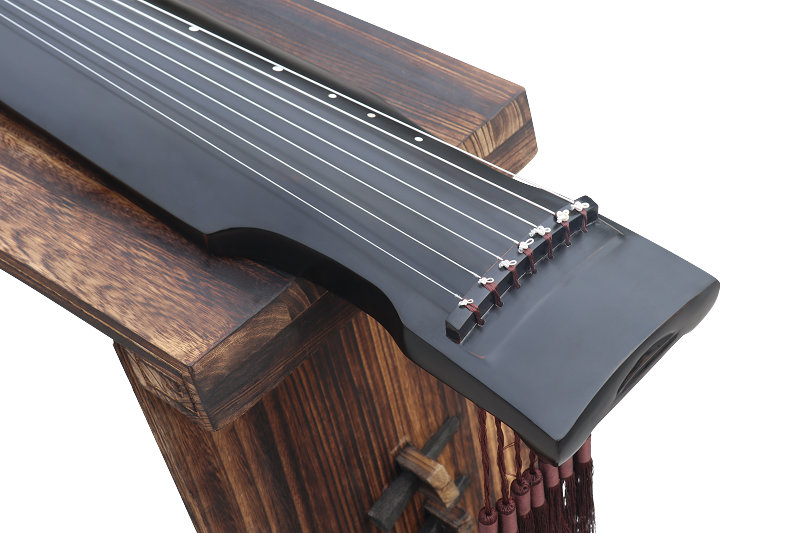

The erhu is fretless and does not have a fingerboard. Historically, the erhu was a folk instrument, but in recent years it has become adopted by many of the Chinese elite. The erhu is a two-stringed spike fiddle introduced to the Han Chinese around the 11th century, with roots in the northwest and southwest regions of China as well as Persia.

#Asian stringed instrument called a hunchback movie
Over time, the pipa transitioned from its place in the courts to become associated with women and the middle class in China, and has been featured in several contemporary Western compositions such as Ghost Opera (1994) by Chinese-American composer Tan Dun, who won an Oscar for his score to the movie Crouching Tiger Hidden Dragon.Ĭheck out this video for more information about the instrument, and be sure to watch this video of virtuoso Jiaju Shen performing the difficult pipa composition “Ambush From All Sides,” written over two thousand years ago! This four-stringed, pear-shaped lute has origins along the Silk Road in Persia and India, and found popularity in China. Looking for an online lesson? Watch this video, or click here to experience Kasumi Watanabe’s moving performance of the popular koto song “Sakura.” In the United States, the koto is a way for Japanese Americans to maintain connections to their heritage. During the Japanese American incarceration during World War II, the koto, among other Japanese musical instruments, was taught and performed as one way of resisting assimilation. Although the koto has been a part of the gagaku court orchestra since the 8th century, perhaps the most important influence on its development was Yatsuhashi Kengyo (1614–1685), known as the “Father of Modern Koto.” He was a gifted blind musician who changed the tuning of the instrument and greatly expanded the repertoire of koto songs. Koto strings are generally plucked using three fingerpicks worn on the first three fingers of the right hand. It most usually has 13 strings, but 17-string koto are also common. The koto is a plucked zither with movable bridges derived from the Chinese guzheng. Here’s a video of sisters (and premier players) Yuan Li and Yuan Sha performing the classic guzheng song “Spring on Xiang River.” For an introduction to the instrument, check out this video. The guzheng is related to the Mongolian yatag, Vietnamese dan tranh, Korean ajaeng and Japanese koto (see below). Historically, the guzheng has been seen as an instrument of the people used for entertainment and pleasure, but today it has an extensive repertoire as a solo instrument and has been integrated into the Chinese orchestra. Guzheng players often wear fingerpicks on one or both hands. It has a large, resonant soundboard and is tuned to a major pentatonic scale. The guzheng (sometimes called a “zheng”) is a 21-string plucked zither with adjustable bridges that originated in China in roughly 200 B.C. In celebration of Asian American Pacific Islander Heritage Month, here’s a list of some instruments that help showcase the range of musical practices and traditions of the AAPI community.

Music is also an important part of connecting Asian Americans and Pacific Islanders to their history and background. In fact, some of the oldest musical instruments in the world come from the region: Chinese Jiahu gǔdí flutes, for example, or Vietnamese lithophones (rocks that are struck to produce musical notes). Music plays an intrinsic role in Asian and Pacific Islander culture.


 0 kommentar(er)
0 kommentar(er)
